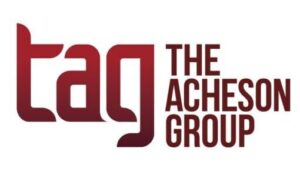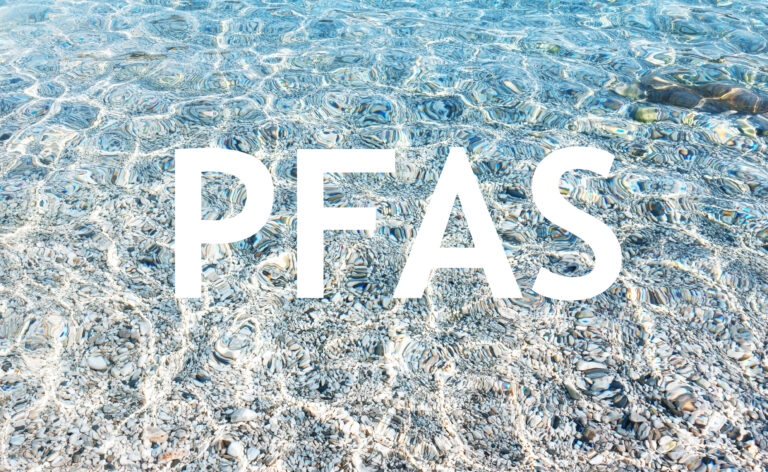As the US reduces its regulations on PFAS, with the withdrawal of the proposed EPA rule to place limits on PFAS discharges in industrial wastewater, the EU is increasing its oversight, publishing new plastic packaging regulations. The actions of the US and EU come in the midst of ongoing controversy over the human and environmental hazards of PFAS in food, drink, and food-contact items, with the two taking diverging paths.
As further described below, this withdrawal is more a matter of the changing administration rather than a brand-new assessment of risks.
On the one side: In a recent TAG public health article, we discussed how the regulatory freeze imposed by President Trump halted the progression of the proposed EPA rule (the Clean Water Act Effluent Limitations Guidelines and Standards for PFAS Manufacturers), and its withdrawal by the Office of Management and Budget (OMB). Because there are currently no national limitations on wastewater discharges of PFAS from the manufacturing facilities, the rule was intended to limit the amount of discharge, both directly into surface water and indirectly via publicly owned treatment works.
The regulatory freeze was not directly focused on this rule or other PFAS actions, but because the rule was in the proposal stages, the executive order required its withdrawal until it is able to be reviewed and approved by “a department or agency head appointed or designated by the President.” How long that will be is unknown, as the approving “department or agency head” is yet to be appointed or designated, and all federal agencies are subject to the hold and review.
The freeze does not impact National Primary Drinking Water Regulation (NPDWR) Rule, as it was finalized April 10, 2024. That rule designates legally enforceable levels (Maximum Contaminant Levels – MCLs) for six PFASs in drinking water: PFOA, PFOS, PFHxS, PFNA, and HFPO-DA. But because that rule requires that public water systems monitor for these PFAS, the withdrawal of the proposed rule on discharge limitations increases the burden on the drinking water suppliers in filtering PFAS from the water to meet NPDWR rule.
Meanwhile, on the other side of the ocean, the EU is working to further limit PFAS hazards in food, issuing Regulation (EU) 2025/40 which bans food-contact packaging that contains PFAS equal to or above:
- 25 ppb as measured with targeted PFAS analysis (polymeric PFAS excluded from quantification);
- 250 ppb for the sum of targeted PFAS analysis, where applicable with prior degradation of precursors (polymeric PFAS excluded from quantification); and
- 50 ppm of total fluorine measured as content of PFAS or non-PFAS.
The regulation, for which compliance is due August 12, 2026, is based on “the non-threshold nature of the PFAS hazards (by which) exposure to PFAS from food-contact materials is an unacceptable risk for human health.” The European Commission is also committed to carrying out an evaluation by August 12, 2030, to assess the need for any amendment or repeal to avoid overlap with other regulations.
The extent and variety of PFAS rules, proposed rules, and other actions being enacted or considered across the States and other countries, is certainly making it a challenge for food industry compliance. And with such disparity, TAG’s views falls somewhere in the middle. As we’ve stated, it is understandable that there is concern around the use of particular PFASs, but there is a misperception that all PFAS are the same – that all are bad. They cannot all be grouped as one, because not all PFAS are toxicologically equivalent. Additionally one must consider the dose, with some new regulations – such as the EPA’s near-zero drinking water health advisory limits of 0.004 parts per trillion (ppt) for PFOA and 0.02 ppt for PFOS, and some state’s zero-tolerance PFAS in food packaging policies – requiring levels far below those determined as having any real risk.
In such cases, it is not a bad thing to hold certain regulations for further review, but with the complete withdrawal of rules such as the PFAS discharge limitation – which is no longer identified as under OMB review, the future of this and other PFAS rules is cloudy at best. But, as we all know at the time of writing this article, we do not yet know who will be leading the Department of Health and Human Services. But, given the focus on Making America Healthy Again, there is certainly a possibility that the US focus on PFAS will re-emerge and may track with the EU or may differ. Either way we will watch the space carefully and provide updates in the future.





